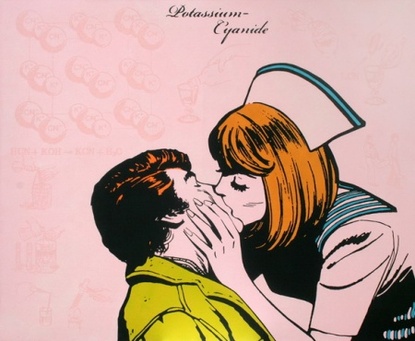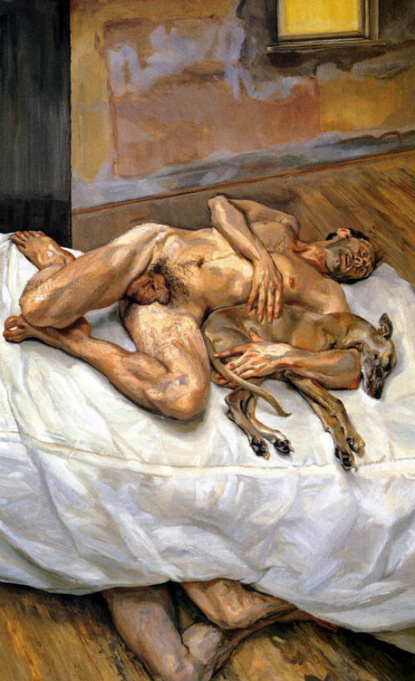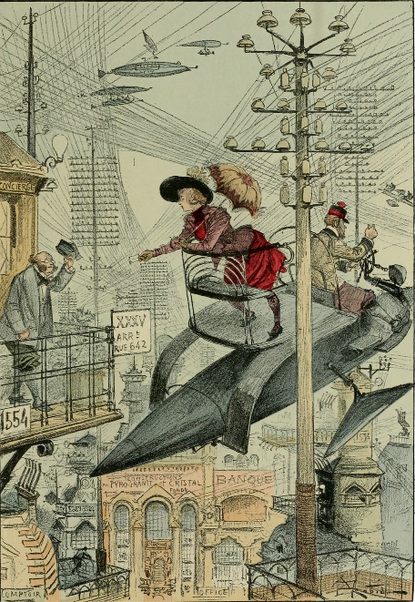Gunnar Kvaran: 'We place great emphasis on art mediation'
Starting from November 9, MUHi 2017 contest finalists selected by an international expert commission takes part in group exhibition at Taras Shevchenko National Museum. Art Ukraine, in partnership with Shcherbenko Art Centre, publishes a series of interviews with jurors, in which they talk on working in iconic artistic institutions, cooperation with young Ukrainian and foreign artists, as well as their impression from the process of selecting this year MUHi shortlist. One of them is Gunnar Kvaran — Director of The Astrup Fearnley Museum of Modern Art, Oslo, Norway; Director of The Reykjavik Art Museum (1989-1997); Director of The Bergen Art Museum, Bergen, Norway (1997-2001), сommissioner/curator for the Icelandic pavilion at the Biennale di Venezia in 1984, 1986, 1988, 1990.
On working in Astrup Fearnley Museet for Moderne Kunst
Astrup Fearnley Museet is a private museum of contemporary art, established and supported by the Thomas Fearnley, Heddy and Nils Astrup Foundation, along with Astrup Fearnley AS and the Hans Rasmus Astrup Foundation. Before I just have worked in city museums in Reykjavik, Iceland and Bergen, Norway and it is clear that within the private museum there is more flexibility in terms of organization, collecting, exhibition and event programs. The Astrup Fearnley museum has five departments: administration, curatorial and collection, marketing, technical and production and sales.
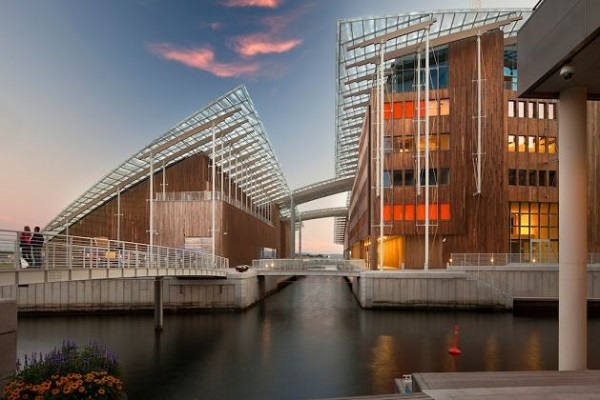
Astrup Fearnley Museet
The museum opened in 1993 in the Kvadraturen district of Oslo, and moved to its current location at Tjuvholmen in 2012. With its beautiful location at the tip of the Tjuvholmen peninsula and its design by world-renowned architect Renzo Piano, the museum has become one of Oslo’s must-see sites. The building’s sail-like roof forms the shape of the exhibition spaces, creating rooms of different sizes and heights that enhance the viewer’s experience of the artworks.
The history of the Astrup Fearnley Collection dates back to the 1960s. The collection has always concentrated on individual works and artists rather than on movements or historical periods. Particular focus is placed on acquiring major pieces of contemporary art that expand the boundaries of the artistic canon.
Liu Wei, Love it, Bite it!, 2007 – From China Power Station
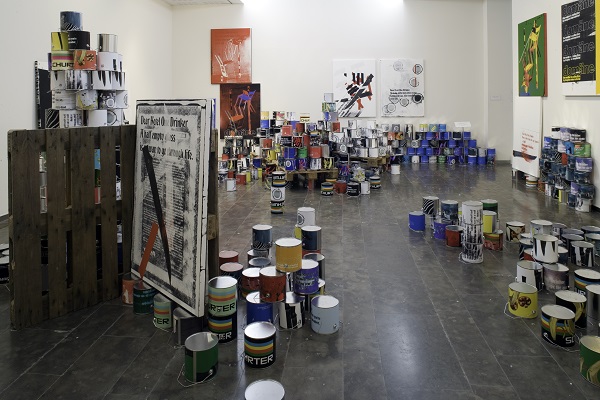
Guyton / Walker, Dear Kettle One Drinker Hello Again. The Failever of Judgement Part IV, 2005. From Uncertain States of America
Astrup Fearnley Museet places great emphasis on art mediation. The museum aims to produce high-quality information about international contemporary art, and to create truly inspiring visitor programmes and publications to accompany our ambitious exhibitions. Our museum hosts are always available to answer questions from the public and to provide information about the museum’s exhibitions and activities. The museum also organises guided tours for the public and for school classes, arranges art clubs for children and young people, and uses mobile technology to facilitate interaction with the artworks. Our art club offers a wide range of benefits, giving members a privileged position, both in the museum and in the world of international contemporary art.
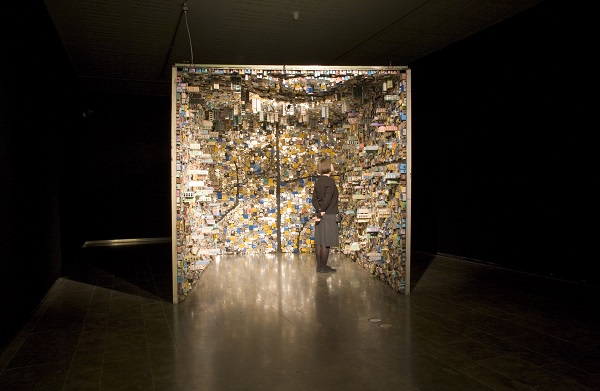
Hema Upadhyay, 8 feet x 12 feet, 2009 – From Indian Highway
Astrup Fearnley Museet has helped to promote the internationalisation of the Norwegian artistic sphere by presenting some of the key figures of the international art scene. The desire to be an active participant in both the Norwegian and global art worlds has enabled Astrup Fearnley Museet to collaborate with the leading art museums, curators, art critics and researchers of our time. This collaboration has resulted in exhibitions featuring established international artists as well as emerging young artists. Several of these shows have been presented in other museums throughout the world. The exhibition that stand out in my point of view are the geo-cultural related exhibition that we have organised in the last 12 years. These are “The Uncertain States of America”, “China Power Station”, “Indian Highway”, “Europe, Europe” and “Imagine Brazil” where we have made a profound research concerning young emerging non documented artists and the complexity of the art scene, bring into light different institutions and actors of the local art scene.
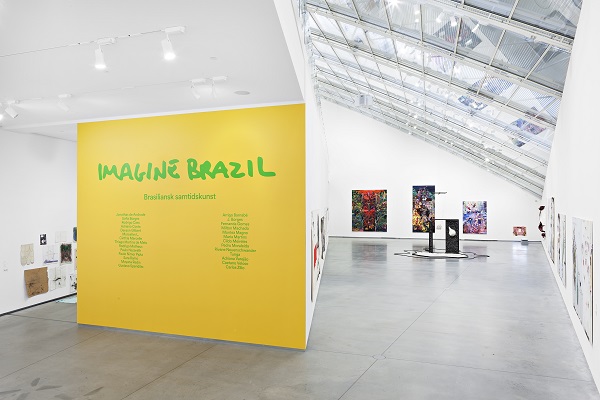
Imagine Brazil, Astrup Fearnley Museet 2013
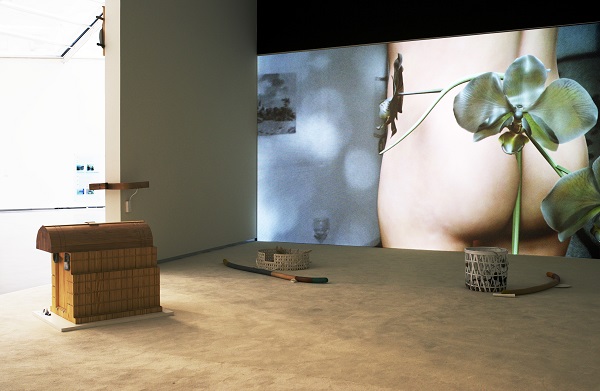
Helen Marten, Orchids, or a hemispherical bottom, 2013 – From Europe, Europe
On the role of national pavilion at the Venice Biennale
The Venice biennale is a great opportunity to present the local art production to the international public. It is also an important possibility to contextualize the own local artists. Today as there is no one denominator or art movements that dominates the international art scene and therefore no hierarchy between local art scenes there is more of an opening for different artistic expressions to emerge and get attention. Therefore, we have seen Icelandic artists such as Olafur Eliasson, Ragnar Kjartansson and Erró and Norwegian artists such as Bjarne Melgaard, Torbjørn Rødland and Gardar Eide Einarsson gain important positions in the international art world. It goes without saying that these are all great artists who work with different mediums, collage, light, performance, painting and photography.
On being an expert in the MUHi contest (Ukraine) and Jindřich Chalupecký Award (Czech Republic)
These kind of competitions are quite similar as the international art world is more and more connected now a days. However, there is also always a difference between artists from different regions of the world simply because of their cultural and artistic heritage and their own language which conditions how they perceive the world in different ways. These kind of contests do not change “art” nor the art world but they help bring forward interesting artists who would not be able to get attention otherwise.
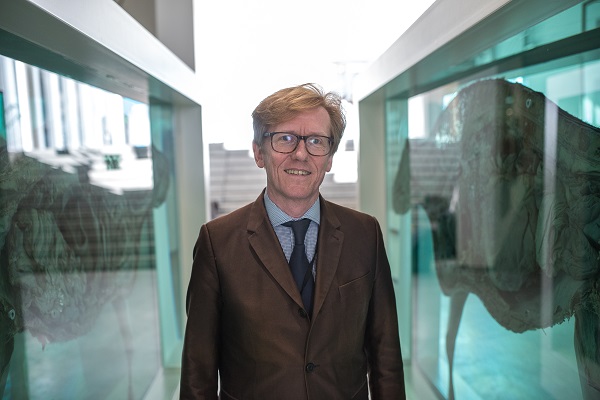
Gunnar Kvaran
On working with young artists
Research is an important part of our work at the museum, to find artists whose work have not yet been documented and taken on by the galleries. We collect international art and it is very important to be able to discover young artists early in their carrier. In our case, we are concentrating mostly on the American contemporary art and the Chinese art world. Even though these are vast and complicated art scenes it is possible to follow what is happening. Like all research, it is based on knowledge and intuition. It is important to have an open mind.
Photos provided by Gunnar Kvaran and The Astrup Fearnley Museum of Modern Art

